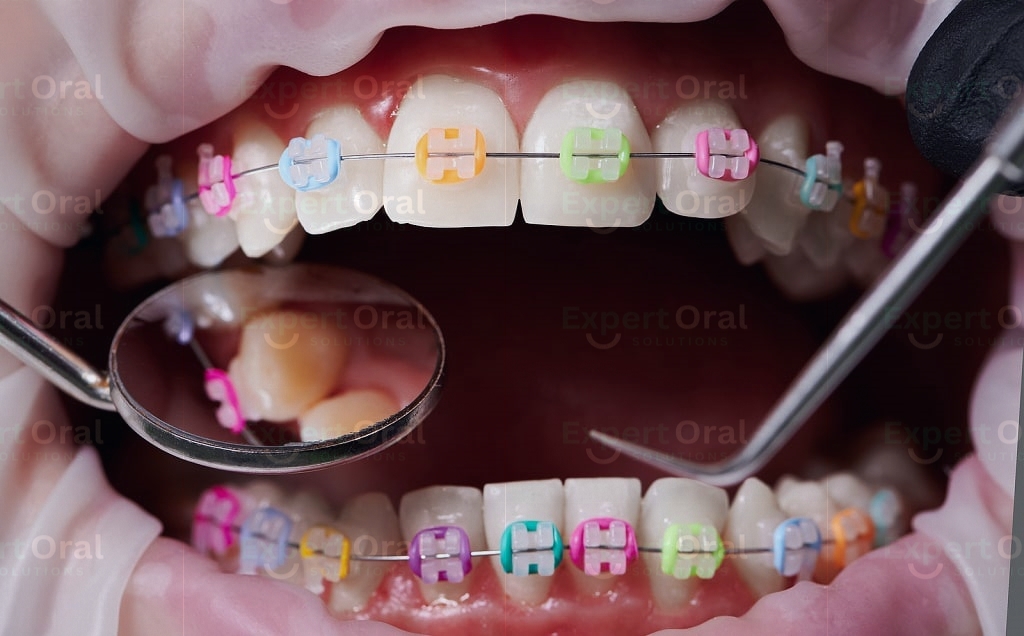A dazzling smile is a powerful asset, boosting confidence and making a lasting impression. When it comes to achieving a straighter, healthier smile, orthodontics plays a crucial role.But within the field of orthodontics, there’s a world of specializations, each with its own expertise. Let’s delve into the fascinating realm of orthodontic specialties:
The All-Encompassing Orthodontist:
- The Foundation: All orthodontists are dentists who have completed additional education and training specifically focused on orthodontics. This training equips them with the expertise to diagnose and treat a wide range of orthodontic issues using braces, aligners, and other corrective appliances.
- Scope of Practice: Orthodontists typically handle:
- Misaligned teeth (crowding, spacing, gaps)
- Overbites, underbites, and crossbites
- Jaw discrepancies (protruding jaws, recessed jaws)
- Open bites (space between upper and lower front teeth when closed)
- Impacted teeth (teeth trapped within the jawbone)
- Who They Treat: Orthodontists treat patients of all ages, from children and teenagers to adults.
Specializations Within Orthodontics:
Beyond the general practice of orthodontics, some orthodontists pursue further training and expertise in specific areas:
- Orthodontic Dentofacial Orthopedics (ODO): These specialists focus on correcting complex jaw discrepancies and facial growth issues, often utilizing a combination of braces, headgear, and other specialized appliances. They can treat conditions like severe underbites, cleft lip and palate, and sleep apnea caused by jaw problems.
- Lingual Orthodontics: These orthodontists specialize in placing braces on the backside of the teeth (lingual surface) instead of the front. This offers a more discreet treatment option for adults who are self-conscious about traditional braces.
- Surgical Orthodontics: This specialized field involves collaboration between orthodontists and oral and maxillofacial surgeons. They work together to address complex jaw discrepancies that require a combination of orthodontic treatment and surgical procedures for optimal results.
- Accelerated Orthodontics: These orthodontists explore innovative techniques and technologies to shorten orthodontic treatment times. This might involve using specialized appliances or combining orthodontics with other procedures like bone grafting.
How to Choose the Right Orthodontist:
The best way to determine the type of orthodontist you need depends on your specific situation. Here are some factors to consider:
- Severity of your orthodontic issue: For common misalignments, a general orthodontist might be suitable. Complex cases might require an orthodontist with a specific specialization like ODO or surgical orthodontics.
- Treatment goals: If you prioritize a discreet treatment option, consider an orthodontist specializing in lingual braces.
- Personal preferences: Discuss your comfort level with different treatment options and choose an orthodontist who aligns with your preferences and addresses your concerns.
Finding a Qualified Orthodontist:
- Ask your dentist for a referral.
- Search the American Association of Orthodontists (AAO) website: https://aaoinfo.org/locator/ for a searchable directory of orthodontists in your area.
- Read online reviews: While not the sole deciding factor, patient reviews can offer valuable insights into an orthodontist’s practice and treatment approach.
The Takeaway:
The field of orthodontics offers a variety of specialties to cater to diverse needs. Understanding these specializations and how they can benefit you empowers you to make informed decisions on your path to a brighter, healthier smile.




